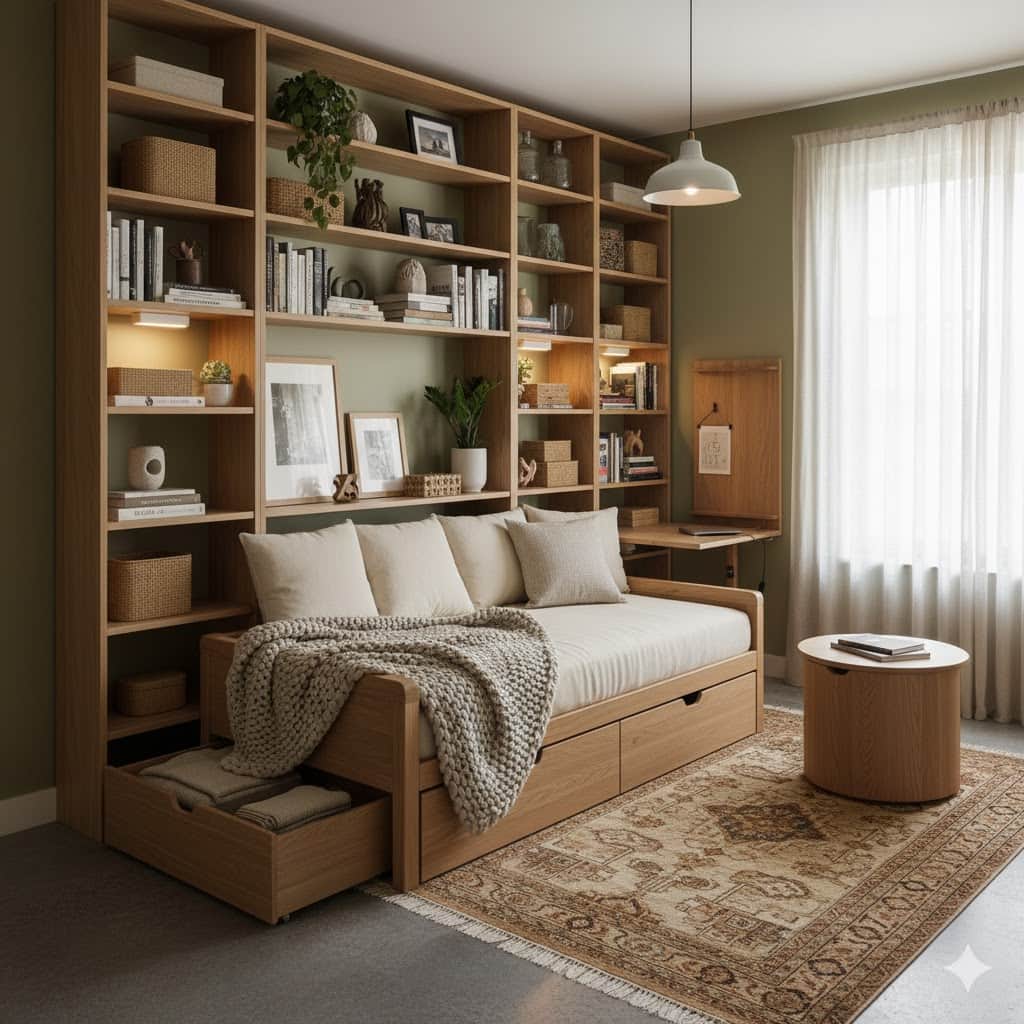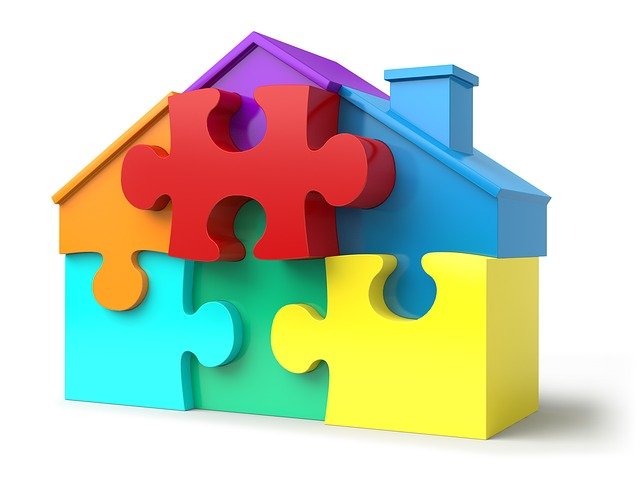Using Custom Step and Repeat Design Services Transform Compact Interiors
Design innovation today is about creating more with less. The same philosophy applies to how custom step and repeat designs are being reimagined beyond event backdrops. Their adaptability and precision printing have found new life in interior settings. Designers use them to add visual depth, texture, or branding elements in residential and commercial spaces. In small apartments, printed wall panels can make an area appear taller or wider, transforming tight corners into expressive focal points. This versatility highlights how creativity and functionality intersect when designing spaces that maximize both style and purpose.
The transition from printed displays to design solutions shows how visual balance can redefine how a space feels and functions.
Visual Expansion and its Proper Delivery

Small spaces demand clever visual tricks. Designers rely on light colors, reflective surfaces, and geometric alignment to make rooms feel open. Subtle wall graphics or printed textures inspired by professionals help create continuity and illusion. A single repetitive motif, when placed strategically, can elongate a wall or frame a specific area. This technique works particularly well in studio apartments or offices where layout flexibility is limited.
Furniture that Adapts to Your Lifestyle
Multifunctional furniture remains the core of smart design. Foldable tables, modular seating, and under-bed storage help maintain openness without sacrificing usability. The concept is about blending comfort with practicality. Each piece should serve more than one purpose.
When complemented by a simple printed backdrop, the visual flow feels natural, not forced. Interior designers often emphasize proportion, ensuring that furniture fits the space rather than competes with it.
Lighting Enhances Small Spaces
Lighting dramatically transforms the atmosphere of any room, shaping not only its appearance but also the mood it evokes. Soft illumination from recessed fixtures or warm-toned LED strips can create a sense of intimacy, enhancing both depth and comfort. When natural light is strategically maximized through open curtains, sheer fabrics, and reflective surfaces, it infuses the space with energy, making it appear larger and more dynamic.
Creative lighting techniques, such as directing beams toward printed backdrops or accent walls, can emphasize architectural details or create the illusion of higher ceilings. Layering different light sources from ambient, task, and accent all adds complexity and dimension.
Ultimately, thoughtful lighting placement doesn’t just brighten a room; it redefines its character, transforming confined spaces into breathable, welcoming environments that feel both elegant and alive.
Smart Color Choices and Texture Harmony
Colors influence perception. Lighter shades create spaciousness, while accent walls add personality. Designers often experiment with monochrome palettes, introducing contrast through materials like wood, fabric, or glass. Textures play a vital role. They add warmth and complexity without overwhelming the eyes. A minimalist approach using matte finishes or soft patterns helps maintain clarity and balance in smaller interiors.
Blending Technology and Design
Technology now integrates seamlessly into compact living. Built-in charging stations, hidden storage, and adjustable lighting systems bring modern convenience without clutter. Even decorative prints can be digitally customized, allowing homeowners to personalize their environment. Printing studios in New York producing visuals now cater to interior designers who want bespoke wall art that merges form and function. This merging of technology and aesthetics keeps small spaces modern, efficient, and emotionally engaging.







